Aluminum investment casting is a process where wax models are replicated metallically to produce industrial components. “investment casting” comes from “investing,” which refers to encasing a pattern in refractory materials. Components with a smooth surface finish, great dimensional precision, and fine detail free of flash or parting lines are made using molten aluminum. Read More…
Founded in 2011, Lodestar Quality LLC is a knowledge-driven custom manufacturing solutions provider that provides manufacturers of products a full range of services from innovative design and engineering, to sourcing and production using best in class quality control methods in a cost efficient manner. Focus areas include fabrications, castings, machining and forging, plastic products, and...

Since 1944 we have been driven to remain a cut above the competition in investment castings and everything we do. We have our own tooling shop filled with state-of-the-art testing machines. We ensure perfect results every time. It is our goal to establish lifelong relationships with our customers that benefit us both. Contact us for more info today!

At Associated MetalCast, we specialize in precision investment castings, delivering high-quality metal components with intricate geometries and superior surface finishes. Our expertise spans a range of industries, where we provide cost-effective solutions that meet tight tolerances and complex design requirements. Using advanced casting techniques and top-grade materials, we ensure durability,...

At IPC Foundry Group, Inc., we present ourselves as dedicated specialists in investment castings, producing high-precision components that meet demanding mechanical and dimensional requirements across a wide range of industries. We work with stainless steels, carbon and alloy steels, tool steels, and specialty metals, using the lost-wax process to create complex geometries with fine surface...

At Kormax, we present ourselves as dedicated specialists in investment castings, producing high-precision metal components that meet demanding mechanical, dimensional, and surface quality requirements. We work with a broad range of alloys—including stainless steels, carbon and alloy steels, aluminum, bronze, and specialized materials—to create castings that deliver strength, consistency, and...

At Designed Precision Castings Inc., we present ourselves as specialists in investment castings dedicated to producing high-precision components that meet demanding mechanical, dimensional, and aesthetic requirements. We work with a wide range of alloys, including stainless steels, carbon and alloy steels, tool steels, aluminum, and specialty materials, giving us the flexibility to support...
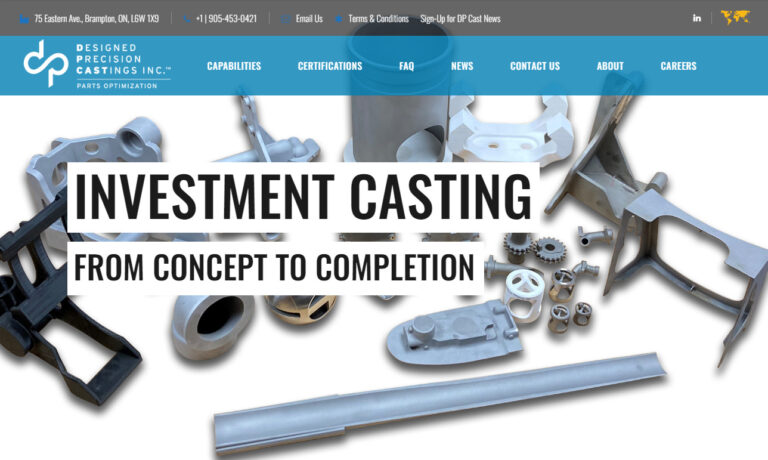
More Aluminum Investment Casting Companies
Because of the precise detail and superb as-cast surface finishes produced, investment casting is frequently preferred to alternative molding techniques. Aluminum investment casting enables the casting of complex-geometry components more quickly, with greater alloy flexibility, tighter dimensional tolerances, and superior surface finishes. This produces near-net-shape products requiring less machining and processing than conventional casting methods because they come out of the mold in near-net shape.

Investment castings made of aluminum are widely employed in several fields and uses. Numerous sectors employ aluminum parts and components, including food and dairy, aerospace, military, electronics, and medical and dental equipment. Investment casting aluminum pieces have a smooth surface. Additionally, aluminum has outstanding electrical and thermal conductivity, durability in hostile conditions, and tolerance to high temperatures. It also has superior corrosion resistance.
Process of Aluminum Investment Casting
Investment cast tooling works effectively for complex or large-scale production runs that demand fine details. Depending on how intricate the finished works are, the precise steps in the process can and do change.

Making the die or pattern for the intended workpiece is the first step in the procedure. Next, wax is used to create the pattern. It can be carved by hand from a block of wax, poured into a die using injection molding, or printed using a 3D printer and the right wax material. The wax pattern can be put together with other wax patterns and fastened to a wax rod or sprue so they can all be cast simultaneously.
A ceramic slurry known as the investment is then supplied in one of two methods after being safely linked. First, to establish a consistent surface and thickness, the cluster of designs is repeatedly dipped into the investment and removed. The alternative method involves:
- Placing the cluster in a flask
- Adding the investment
- Shaking the flask to let any trapped air out, ensuring the investment has filled all the gaps
The next step is drying, which the manufacturers can hasten by putting the assembly in a vacuum or using a fan. After drying, the assembly is placed upside-down in an oven or furnace. The wax vaporizes or melts, dripping out.
The mold is next heated to remove any wax or moisture that may still be present; this process is known as burnout. In place of the wax, liquid aluminum is poured and drawn in using centrifugal casting, vacuum, positive air pressure, or gravity methods.
Each piece of work is examined for flaws. Any are removed, and the material is recycled if any are discovered. Utilizing various finishing techniques on the workpieces is the final phase in the investment casting process. To get the desired results, they can be machined, smoothed, coated, sanded, etc.
Application of Aluminum Investment Casting
The energy, gas and oil, food service, commercial, military, automobile, weapon, power generating, and aerospace industries frequently employ investment cast aluminum as metal components. For example, the weapons industry uses cast components for precision elements like hammers, triggers, and receivers. Even producers of equipment for the beverage industry and producers of worldwide pressure release valves for the oil and gas sector use aluminum investment casting.

Benefits of Aluminum Investment Casting
Both large and small casts are possible with investment casting: massive parts, up to 50 pounds, and intricate, tiny ones weighing less than 1/10 of an ounce. In addition, investment castings made of aluminum are thin and have a low specific gravity. Therefore, they are widely used in industries requiring lightweight construction, like automobiles, railways, firearms, and aircraft. Investment castings made of aluminum are lighter and stronger than steel ones.
Compared to other metal alloys, aluminum components have a better appearance and aesthetic value. Their use of a ceramic mold produces a much smoother finish. Aluminum investment casting also has lower costs because it requires less expensive machinery and is naturally less risky. Since investment castings have tighter tolerances, less machining is necessary, which ultimately minimizes labor requirements and shortens lead times.
Finally, castings made of aluminum are versatile, resistant to corrosion, and suitable for various uses. Aluminum investment castings have excellent thermal conductivity and heat dissipation; hence, they are often utilized in radiator devices. Aluminum components can be used to make various goods thanks to these properties. The end products are more durable and offer clients more value for their money.
Choosing the Correct Aluminum Investment Casting Manufacturer
To make sure you have the most beneficial outcome when purchasing Aluminum Investment Casting from an Aluminum Investment Casting Supplier, it is important to compare at least 6 Manufacturers using our Aluminum Investment Casting directory. Each Aluminum Investment Casting Company has a business profile page that highlights their areas of experience and capabilities and a contact form to directly communicate with the manufacturer for more information or request a quote. Review each Aluminum Investment Casting business website using our proprietary website previewer to get an idea of what each company specializes in, and then use our simple RFQ form to contact multiple Aluminum Investment Casting companies with the same quote.


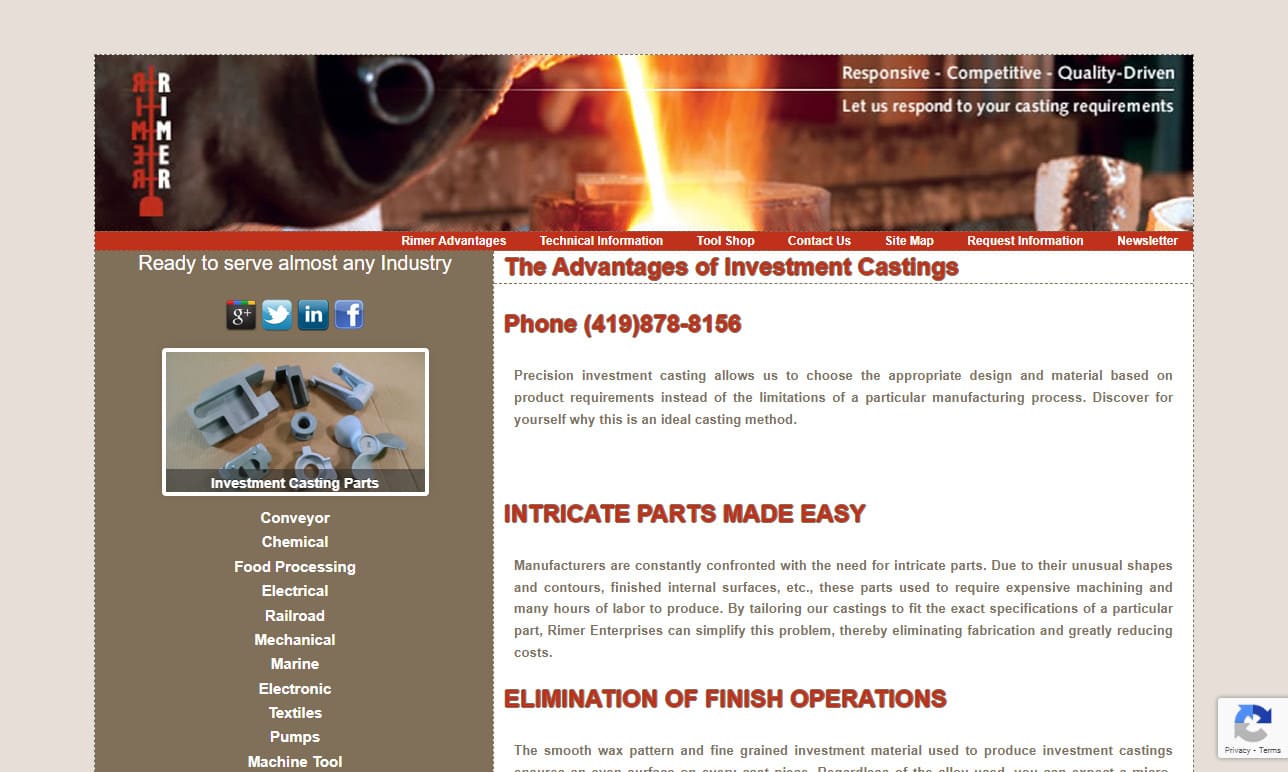








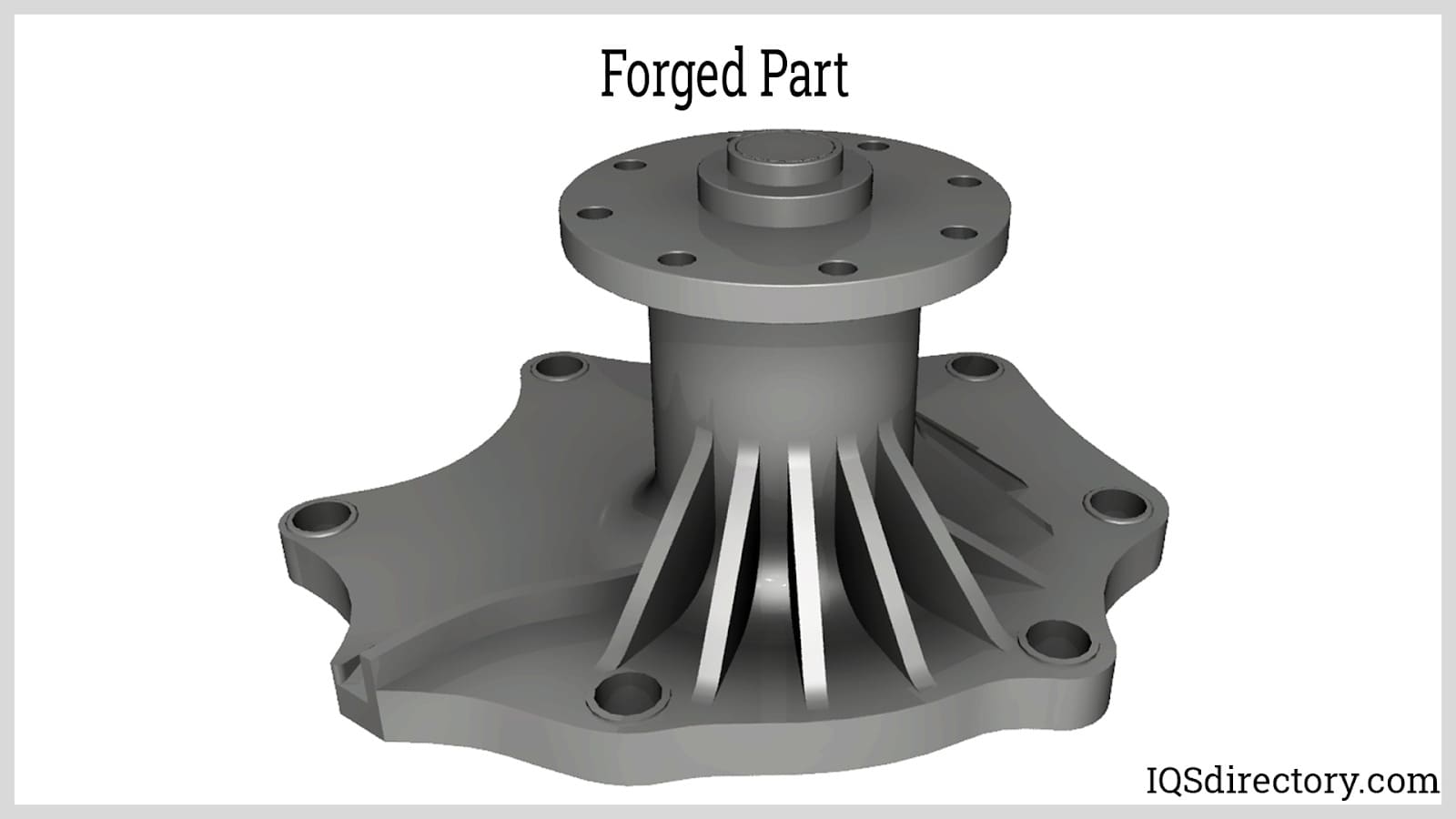
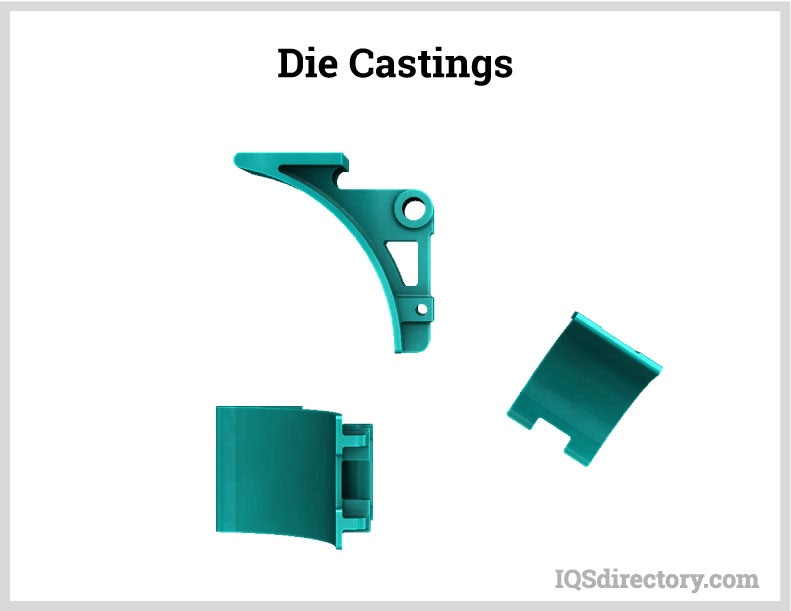
 Die Castings
Die Castings Forgings
Forgings Grey Iron Castings
Grey Iron Castings Investment Castings
Investment Castings Castings & Forgings
Castings & Forgings Bulk Material Handling
Bulk Material Handling Electrical & Electronic Components
Electrical & Electronic Components Flow Instrumentation
Flow Instrumentation Hardware
Hardware Material Handling Equipment
Material Handling Equipment Metal Cutting Services
Metal Cutting Services Metal Forming Services
Metal Forming Services Metal Suppliers
Metal Suppliers Motion Control Products
Motion Control Products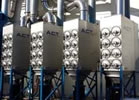 Plant & Facility Equipment
Plant & Facility Equipment Plant & Facility Supplies
Plant & Facility Supplies Plastic Molding Processes
Plastic Molding Processes Pumps & Valves
Pumps & Valves Recycling Equipment
Recycling Equipment Rubber Products & Services
Rubber Products & Services